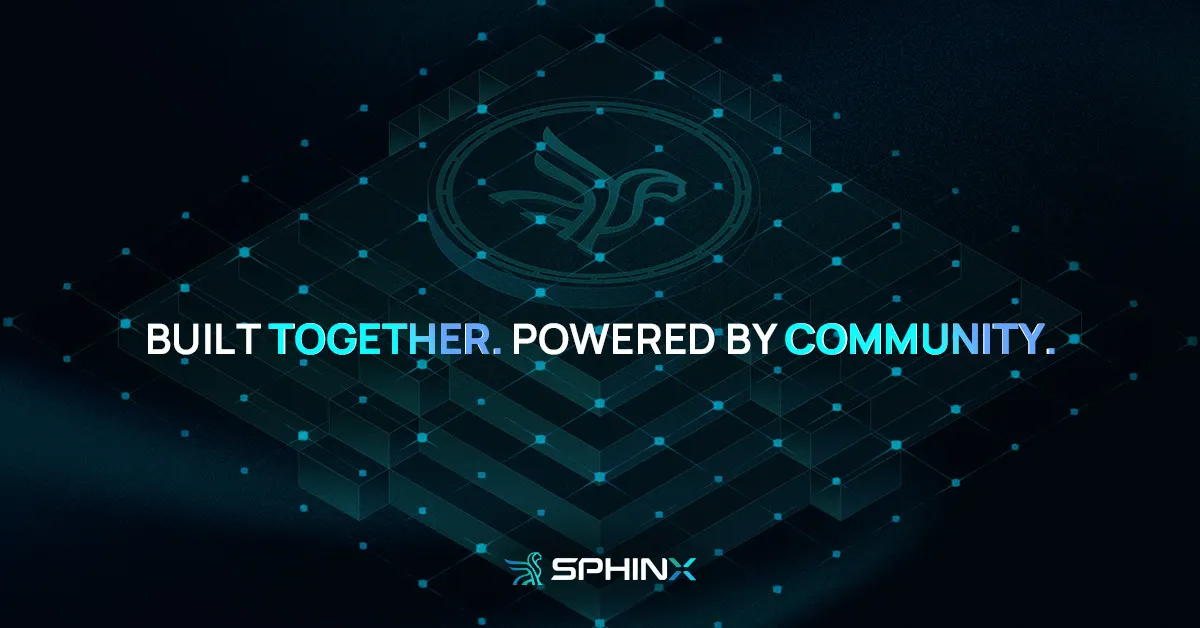
From the Ground to the Chain: The Journey of Commodities Trading

Sphinx Labs
Nov 24, 2025
The Beginning: When Commodities Were Physical, Not Financial
Before trading screens and order books, commodities were tangible. Barrels of oil, sacks of grain, tons of copper - all physically delivered, often bartered or exchanged locally.
If you wanted exposure to oil, you needed… well, oil. This meant sourcing it from a drilling site, such as in Texas, Saudi Arabia, or Baku, arranging for transport by ship or rail, and finding a place to store the barrels until they could be sold to a refinery or industrial buyer.
You didn’t “go long” on crude. You bought, held, and hoped someone else would want your supply at a higher price and that your storage tanks wouldn’t overflow in the meantime. Ownership meant logistics, storage, and risk. Practically a system built for producers and industrial consumers, not for everyday traders.
Trading was slow, regional, and bound by geography.
The First Revolution: Futures Markets and Paper Contracts
In the late 19th and early 20th centuries, markets evolved. The Chicago Board of Trade (CBOT) and later the New York Mercantile Exchange (NYMEX) transformed commodities into contracts, not cargo.
You could now agree on future prices without ever touching the product. This innovation, called futures, brought liquidity, speculation, and risk management.
But it also came with barriers:
- Complex rules and margin systems
- High capital requirements
- Broker-only access
Wall Street intermediaries emerged, adding layers (and costs) between the market and its participants.
Trading became faster but most certainly not fairer.
The Second Revolution: The Digital & Centralized Era
By the 2000s, commodities went digital. Electronic exchanges like CME and ICE turned oil, gas, and metals into pixels and price ticks. A trader in London could speculate on Middle Eastern crude in seconds.
But even as speed and data improved, the market structure stayed the same. Institutions still needed brokers, custodians, and clearing house - layers of intermediaries that added cost, friction, and operational risk.
For retail participants, the barrier was even higher. You couldn’t just “sign up and trade”. You needed accredited access, large capital, and tolerance for complex margin systems.
To this day, if you want to trade oil or gold futures:
- You need a broker.
- You face margin calls.
- You trade during fixed hours.
- And you’re governed by systems designed decades ago.
The infrastructure scaled, but access didn’t. Commodities became digital but not truly open.
The Third Revolution: Commodities Go On-Chain
Now, the walls are finally coming down.
Through Sphinx, commodities move from Wall Street terminals to permissionless markets anyone can access. Not tokenized barrels or “synthetic oil” but the real price dynamics of global commodities on-chain.
You can trade oil or metals on Sphinx just as easily as you could swap USDC for ETH or BTC.
Sphinx bridges the physical and digital worlds with cash-settled derivative - futures and swaps that track real-world prices, settle in stablecoins, and operate 24/7, with full transparency and no intermediaries.
This innovation is actually the natural evolution of market access. From local to global. From physical delivery to digital contracts. From centralized intermediaries to transparent on-chain settlement.
Why It Matters
The world runs on commodities - energy, metals, food, and data. But until now, trading them required institutional privilege.
Sphinx changes that. It turns global market mechanics into open, programmable systems where anyone, from retail participants to institutions, can hedge, speculate, or simply learn how the world’s real assets move.
It’s not just “crypto meets commodities”. It’s the next layer of the global financial stack - transparent, continuous, and built for everyone.
We’ve gone from digging wells to writing code. From shipping barrels to settling contracts on-chain. And for the first time in history, you don’t need a broker to trade the real world.
Welcome to the next chapter of commodities trading. Welcome to Sphinx — where markets meet the chain.
.avif)
Trade with Sphinx
Why wait for Monday. No Clearing risk. No middlemen.
.avif)
Trade with Sphinx
Why wait for Monday. No Clearing risk. No middlemen.
Suggested Articles


Sphinx Labs
Nov 12, 2025
Why Community Is the Backbone of Every Great Platform
Before a single line of code ships or a product goes live, something else decides its fate: the community. Early adopters don’t just bring numbers — they bring legitimacy, feedback, energy, and advocacy. Ignore them, and even the best tech risks launching into silence.


Sphinx Labs
Nov 4, 2025
The Sphinx Pre-Testnet Campaign: Phase 1 of the Airdrop Has Begun
Sphinx just launched its Pre-Testnet Campaign where you can earn XP and climb ranks before the Testnet goes live. Higher ranks give XP boosts during the Testnet, which means a bigger airdrop later. Join early, stay active, and stack rewards.


Sphinx Labs
Sep 25, 2025
Sphinx Architecture: Why Modularity Unlocks Institutional-Grade Trading
For over a decade, blockchain builders have wrestled with a core tradeoff:


.avif)
Trade with GCX
Why wait for Monday. No clearing risk. No middlemen.
